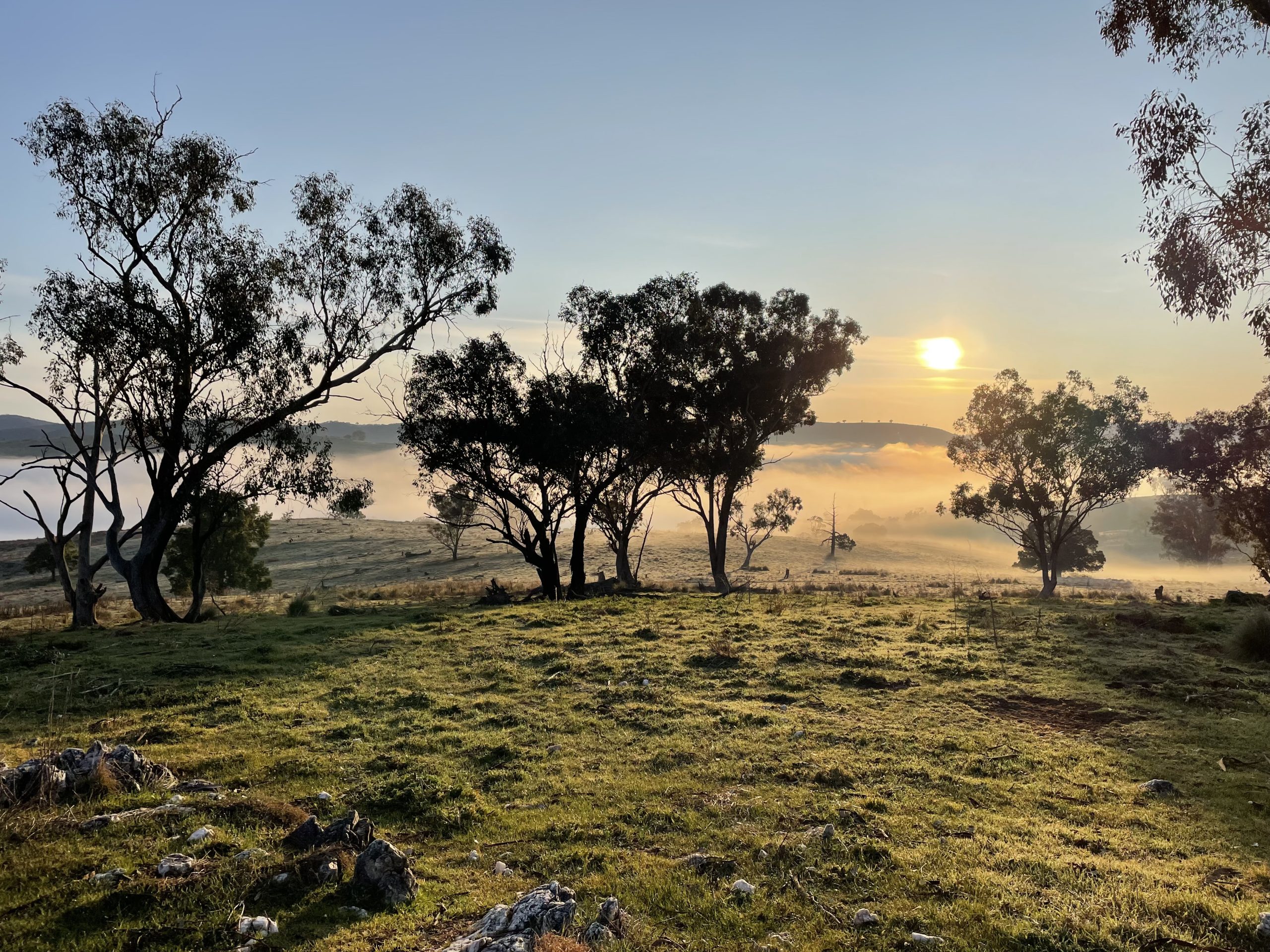Stepping up our cultural heritage management – what needs to be done?
Author: Australian cultural heritage expert Dr Justin Shiner, Manager – Heritage VIC
May 17, 2023

News & Insights
The importance of intangible values in cultural heritage management and how companies and communities can work together to deliver genuine community value
The connection Aboriginal and Torres Strait Islander people have with their country is fundamental to their life. Often assigned spiritual significance, assets such as rivers, wildlife, cultural places and artefacts must be cared for and maintained; with failure to do so a sign, for many, that misfortune and ill-health will befall them.
While Australia’s efforts to manage cultural heritage recognise the importance these assets hold within Aboriginal cultures, the various state and territory management systems still largely focus on tangible values. Artefacts like rock shelters or cave paintings are rightly treated as sacred; but the spiritual value of their broader, non-material, ecosystem is often not adequately considered.
For mining companies that operate in remote areas, the lens should be broadened, with cultural heritage management playing a key role in social licence to operate. Along with the static or inert, it is important to consider the totality of the environment and its relationship to Indigenous people.
So, how exactly should this be approached?
Collaboration
Efforts to manage cultural heritage in Australia are often siloed, with archaeologists, anthropologists and environmental scientists working exclusively within their own disciplines. To respond more effectively to the broader landscape-scale cultural framework of Indigenous communities, each should be working in unison.
Equally, people involved in land stewardship should collaborate with Indigenous Australians and understand the human value of each asset in their surroundings. Cultural heritage management is an important element of broader Indigenous land stewardship, as all elements of the landscape or environment have cultural values, or are associated with cultural knowledge.
Beyond compliance
When collaborating with Indigenous people, we should also ask, ‘how can we invest in something that is important to you?’
An adequate response to this question would likely involve a ‘beyond compliance’ measure. In other words, it could involve doing something far greater than what the law currently sets out as an obligation. It would, however, be a great way to make a positive contribution to Indigenous communities and to obtain social license.
Cultural heritage management is too often skewed towards assessing and managing impacts, rather than addressing Indigenous cultural heritage priorities.
A high-definition example
My former employer, Rio Tinto, once laid out a high-definition example of a beyond compliance measure. Many years ago, in response to the Indigenous communities interest, it sought to better understand the history of shell middens made by local Indigenous ancestors around the estuaries of the Albatross Bay at Weipa in Queensland.
Residents wanted to understand why they couldn’t find the shell species (used to manufacture the middens) nearby and could only source them from further downstream, where the river entered the Gulf of Carpentaria. They couldn’t figure out how, when and why their landscape had changed.
In response, Rio Tinto funded a research program with a number of Australian and international universities to establish the age of the shell middens and understand how and when the topography of the river had changed to become more estuarine.
Helping the Indigenous community better understand the history of their own land was not a legal obligation, but it was a well-received gesture that made a positive contribution to the community.
This is a great example of how companies and communities can work together to deliver genuine community value.
It’s an end goal we should all strive for.
About the author
Dr Justin Shiner, Heritage Manager – VIC
Dr Justin Shiner is an experienced cultural heritage professional with over 22 years’ experience having worked in senior heritage roles within the mining and consulting industries. Justin has managed a wide range of large and complex Indigenous and historic cultural heritage projects throughout Australia and has considerable cultural heritage experience within the mining industry both within Australia and internationally.
Justin has carried out and directed large multi-disciplinary archaeological research projects in NSW and QLD and has widely published the results of this research. Recently, Justin has undertaken an international review of cultural heritage practice at Glencore’s global sites and currently advises Glencore on a greenfields mine development on Cape York Peninsula.
Justin has consulted extensively with Indigenous communities about cultural heritage management, including the management of shared historical heritage and intangible cultural heritage values. He possesses multi-faceted skills in large-scale project management, cultural heritage management, archaeological research, legislative compliance, and Aboriginal community consultation.
More recently Justin has focused on the delivery of cultural heritage management projects and plans in Victoria. Justin is a fully qualified ‘heritage advisor’ meeting all the requirements of the Victorian Aboriginal Heritage Act 2006.
Find out more
Heritage management
Our people
Latest news
Projects
Contact us
Follow us
LinkedIn
Facebook
Instagram
Twitter
Excellence in your environment



